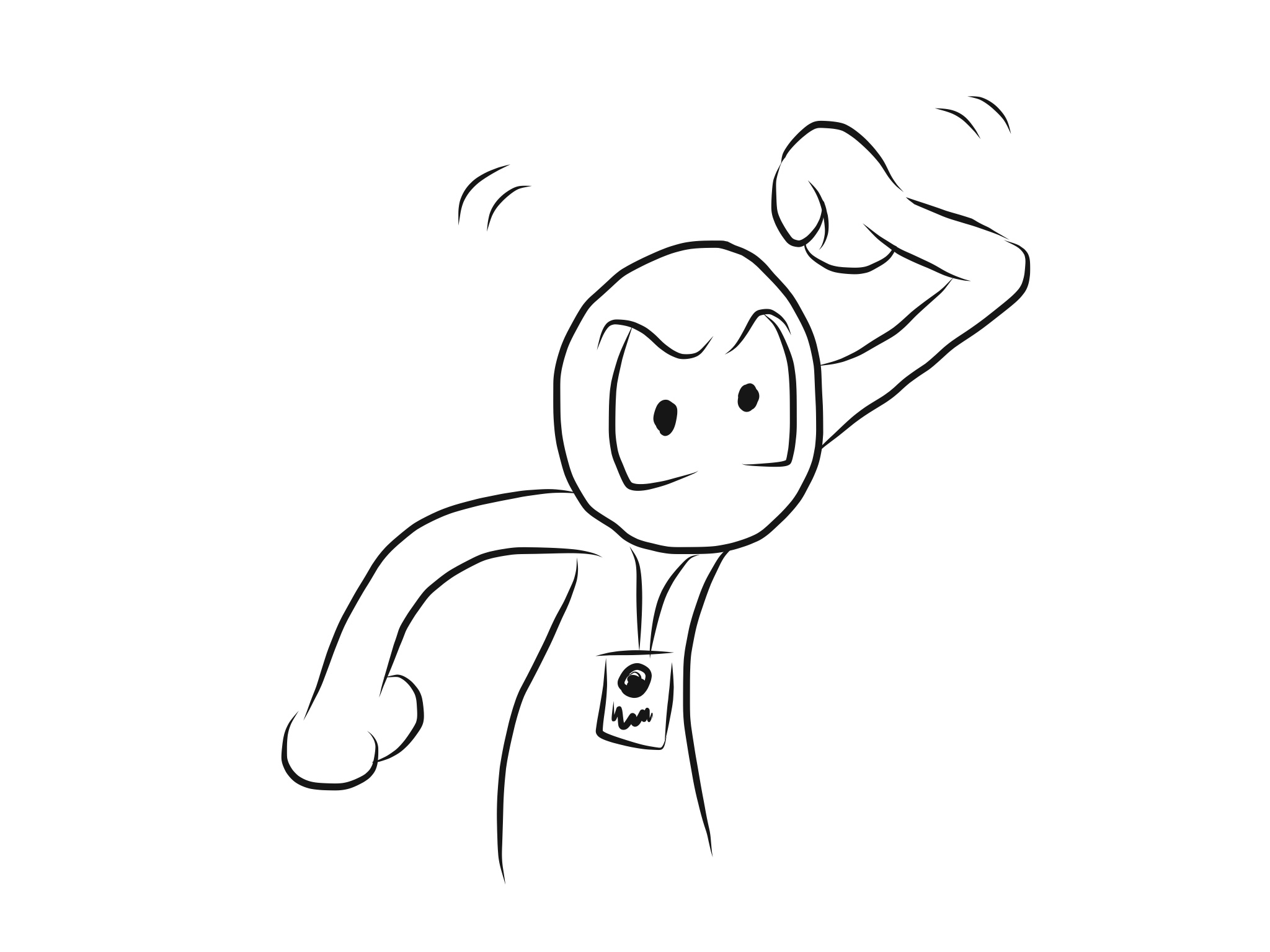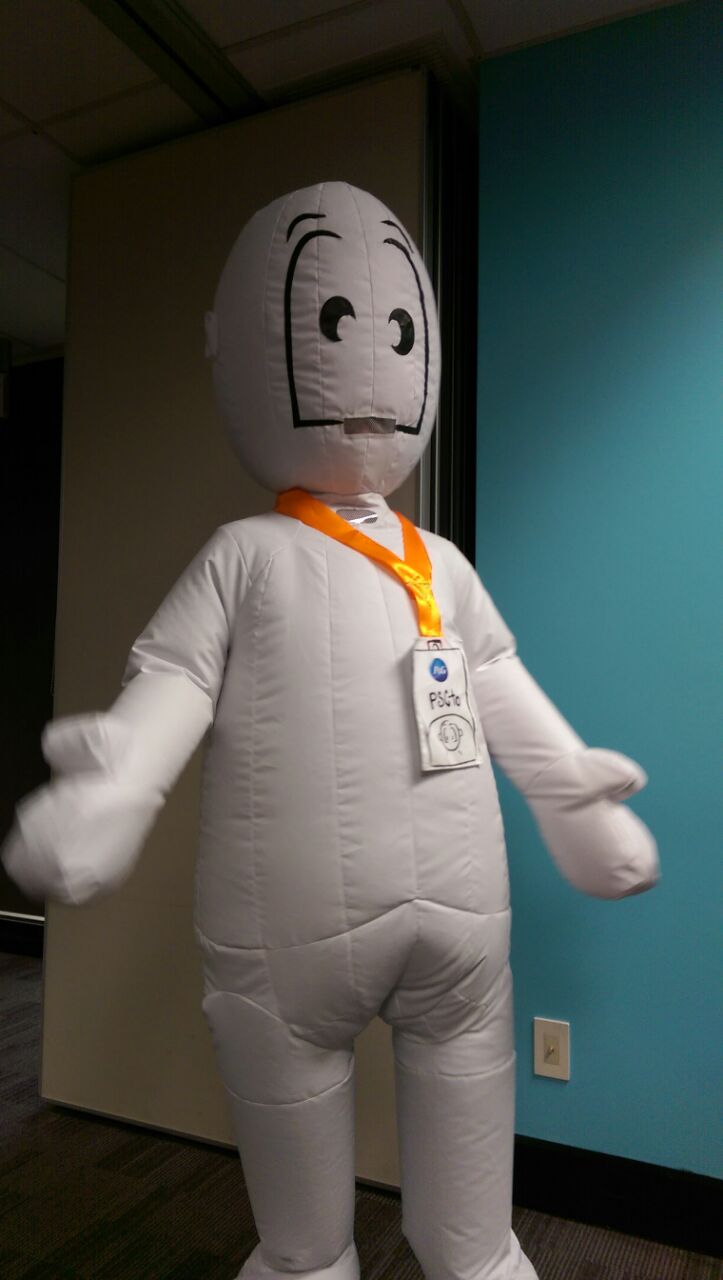Supply Chain Innovation
Supply Chain Innovation Culture
How might we create a culture of innovation and creativity within the supply chain organization?
#ProjectManager #Strategy #Facilitation #Human-CenteredDesign
Org: Procter & Gamble || Location: Costa Rica || Date: Jan 2016 -Jul 2017 || Role: Program Manager
Brief
Procter & Gamble’s service center (PSC) manages its Latin America’s supply chain planning operations from Costa Rica. This organization is composed of about 450 employees in multiple roles. I worked as part of the PSC’s Capability team, in charge of continuous improvement, training, and new technologies’ implementation.
Supply chain operations, as a fundamental function of the company, need to be highly responsive, adaptable, and innovative. PSC was a relatively new organization in the Costa Rican office, composed of many recent young hires and experienced managers, in such context the organization’s challenge was to leverage the power of its people to be constantly innovating while maintaining the efficiency of standardized supply processes and functions.
My Role
I was the program lead for the culture of innovation initiative, from establishing goals and KPIs to defining scope and priorities of the different projects. I was also in charge of building new creative capabilities (training materials, curriculum, skillsets) and applying Human-Centered Design tools/methods to solve challenges within the organization.
Sergio always has demonstrated progressive thinking. He took the lead to transform the way Innovation is made in Planning in P&G. Research, pilot and execution of new methods was his way of working. Definitely a person to work with if you want to transform your organization. - Regional Ops Mngr P&G
Program Results
I developed a strategic plan and a clear roadmap for the organization and executed year one of the plan.
Facilitated multiple ideation/prototyping sessions.
Coordinated and co-facilitated the first InnovationFromGroundUp ™workshop in the LA region.
Trained many people in design thinking 101.
Created the Think Hub space; an open innovation space for creative thinking.
Introduced UX principles and rapid prototyping tools (such as invision) to quickly iterate ideas such as mobile and web apps.
Human-centered design consultant in multiple projects within the organization.
Implemented human-centered design as a problem-solving tool.








Human-Centered Design Projects
Building capability through storytelling
Challenge
How might we accelerate cross-functional learning in an organization with 20+ teams and multiple roles?
*All images are proprietary of Procter & Gamble.







Process
I used ecosystem maps, secondary research, and interviews to understand the state of training materials.
Reframed the problem, and quickly moved to ideation and prototyping (learning from making).
I did the story, graphics, video and sound editing of the prototype.
We tested the initial prototype to get feedback from different stakeholders. I went back to the drawing board, did more testing, build traction and finally developed a new process.
We hired a team to do the production, while the storyboarding process remained in the capability team.
Learnings
Reframing the problem was key in the process. The challenge moved from accelerating learning to helping highly technical/experienced colleagues tell simple stories.
Then, it was clear that the success would depend on the tools (script frameworks, ideation 1:1, exercises) that would support building a new capability; storytelling.
Testing early was also key. We tested the first idea in a town hall with some animated (low quality) graphics and live voiceover. We collected valuable feedback before investing too much time or money.
Results
A new process (with a staffed team) was developed.
We deliver 15+ videos and a pipeline of 40+ videos.
The character created went on to become a symbol of learning and development and was recognized as a mascot of the organization.
I received the San Jose Center Innovation Award for this initiative.
Impactful Presentations
Challenge
How might we create more impactful presentations for internal and external stakeholders?
Process
I developed a new approach to building presentations, introducing a collection of storytelling frameworks and tools.
The new approach started by laying down our understanding of the audience (who/why) on the one hand, and the key messages on the other hand.
Using paper storyboards we designed the experience for the audience (including the emotional journey).
Once the team was aligned with the storyboard & experience map we produced the collaterals (slides, images, videos).
Practice - practice - practice (delivery).
Learnings
The impact of a presentation comes down to how it makes the audience feels. Consequently, it becomes key to design emotional journeys from the beginning.
Regardless of the tool/framework used the success of a presentation comes down to building a strong understanding (for the presenter) of the audience.
We worked based on many assumptions of the audience, it would be important to find ways in which to validate those assumptions beforehand (interviews, observations, casual conversations, etc).
This process requires time!
Results
Lead the year-end results presentation for the entire organization (+400ppl). Coached the director on this new process and delivery practice.
Orchestrated a storytelling experience for high-level visits (regional and global leaders). These experiences consisted of 7-8 groups delivering stories/presentations simultaneously in separate booths (see clip above). We were able to build excitement and engagement from the high-level visitors (audience).
Trained people in the capability team on how to create impactful presentations.











